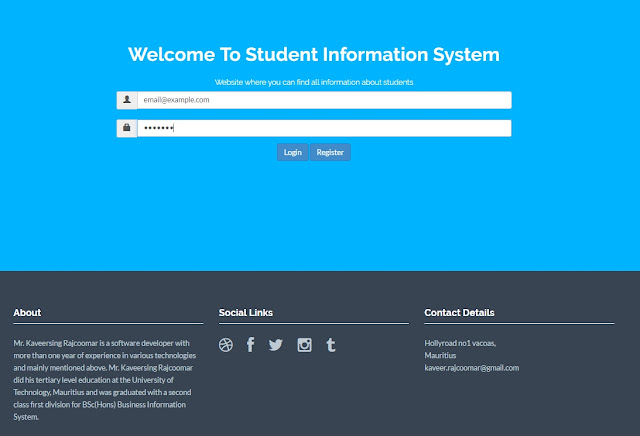Passing Data from Controller to View in ASP.NET Core MVC
Passing Data from Controller to View in ASP.NET Core MVC
In ASP.NET Core MVC, passing data from the controller to the view is a crucial part of rendering dynamic content. There are several ways to pass data, including ViewData, ViewBag, and Model. Let's explore these methods:
1. Passing Data Using Model
The most common and recommended way to pass data from the controller to the view is by using a model.
Steps:
- Create a Model: Define a class that will hold the data.
- Pass the Model: Use the
View()method in the controller to pass the model data to the view. - Use the Model in the View: In the view, specify the model type and access its properties.
Example:
Step 1: Create a Model
public class Product
{
public int Id { get; set; }
public string Name { get; set; }
public decimal Price { get; set; }
}
Step 2: Controller
public class ProductController : Controller
{
public IActionResult Index()
{
var product = new Product
{
Id = 1,
Name = "Laptop",
Price = 899.99M
};
return View(product);
}
}
Step 3: View (Index.cshtml)
@model Product
<h2>Product Details</h2>
<p>Id: @Model.Id</p>
<p>Name: @Model.Name</p>
<p>Price: @Model.Price</p>
2. Passing Data Using ViewBag
ViewBag is a dynamic object that allows you to pass data from the controller to the view.
Example:
Controller
public class ProductController : Controller
{
public IActionResult Index()
{
ViewBag.ProductName = "Laptop";
ViewBag.Price = 899.99M;
return View();
}
}
View (Index.cshtml)
<h2>Product Details</h2>
<p>Name: @ViewBag.ProductName</p>
<p>Price: @ViewBag.Price</p>
3. Passing Data Using ViewData
ViewData is a dictionary that allows you to pass data from the controller to the view.
Example:
Controller
public class ProductController : Controller
{
public IActionResult Index()
{
ViewData["ProductName"] = "Laptop";
ViewData["Price"] = 899.99M;
return View();
}
}
View (Index.cshtml)
<h2>Product Details</h2>
<p>Name: @ViewData["ProductName"]</p>
<p>Price: @ViewData["Price"]</p>
Note: You may need to cast the data to the appropriate type, e.g., @((decimal)ViewData["Price"]).
4. Passing Data Using TempData
TempData is used for passing data between actions or during a redirect.
Example:
Controller
public class ProductController : Controller
{
public IActionResult Add()
{
TempData["Message"] = "Product added successfully!";
return RedirectToAction("Index");
}
public IActionResult Index()
{
ViewBag.Message = TempData["Message"];
return View();
}
}
View (Index.cshtml)
<h2>Product Details</h2>
@if (ViewBag.Message != null)
{
<p>@ViewBag.Message</p>
}
5. Passing Data via Query Parameters (URL)
You can access query parameters directly in the controller action.
Example:
Controller
public class ProductController : Controller
{
public IActionResult Index(string productName)
{
ViewBag.ProductName = productName;
return View();
}
}
URL:
/Product/Index?productName=LaptopView (Index.cshtml)
<h2>Product Details</h2>
<p>Product Name: @ViewBag.ProductName</p>
Summary of Methods to Pass Data from Controller to View
- Model: Strongly-typed data, recommended for most scenarios.
- ViewBag: Dynamic property, useful for small, non-complex data.
- ViewData: Dictionary, similar to ViewBag but requires casting.
- TempData: Used across actions and redirects.
- Query Parameters: Passed in the URL, accessible in the controller.
Each method has its advantages and appropriate use cases. For most scenarios, models are the recommended approach as they provide strong typing and better maintainability.



Comments
Post a Comment